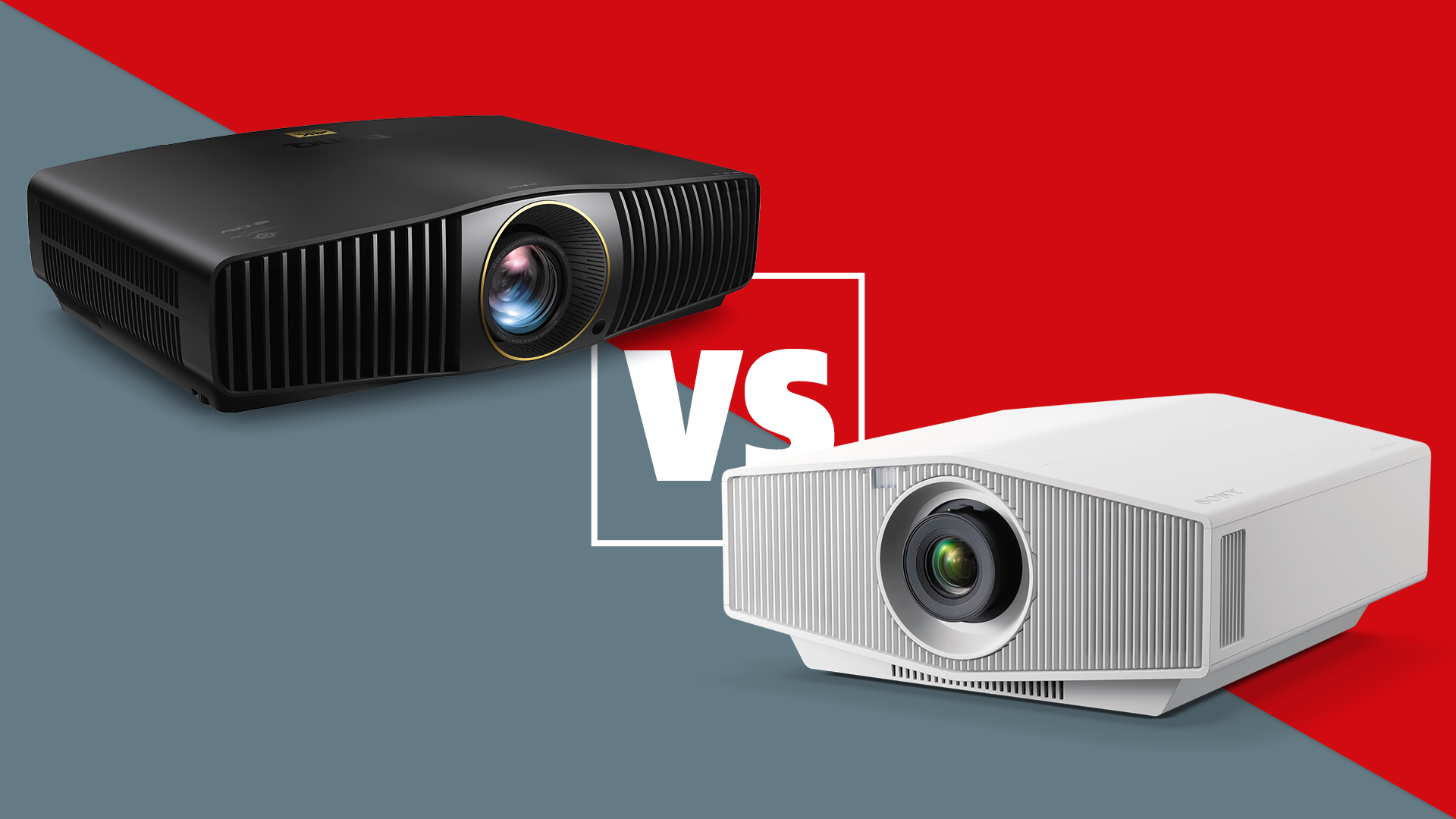5 things we learnt watching BT Sport's live 8K broadcast
Live 8K broadcasts are coming sooner than you think: here's what we learnt from watching BT Sport's first 8K trial
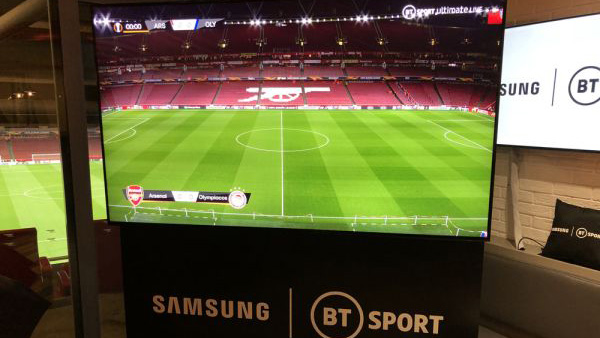
It seems 8K broadcasts are coming sooner than anyone expected. BT Sport has been working on 8K trails and invited us along to watch its first live 8K broadcast. We went to Arsenal's Emirates stadium to watch the club's match with Greek team Olympiacos, both on the pitch and in 8K on an 82-inch Samsung QLED TV. And we were impressed. Here's what we learnt from the experience about 8K TV broadcasts and what to look out for as we stare down a giant leap in picture resolution...
8K broadcasts are starting sooner than you think
BT Sport is being aggressive about its 8K plans. The company intends to broadcast live English football matches in 8K as early as next season – and we're not just talking about one-offs. The higher resolution images will be part of BT's Ultimate package, and the transmission will be able to adjust the picture resolution according to your TV and internet bandwidth.
You won't necessarily need a new TV
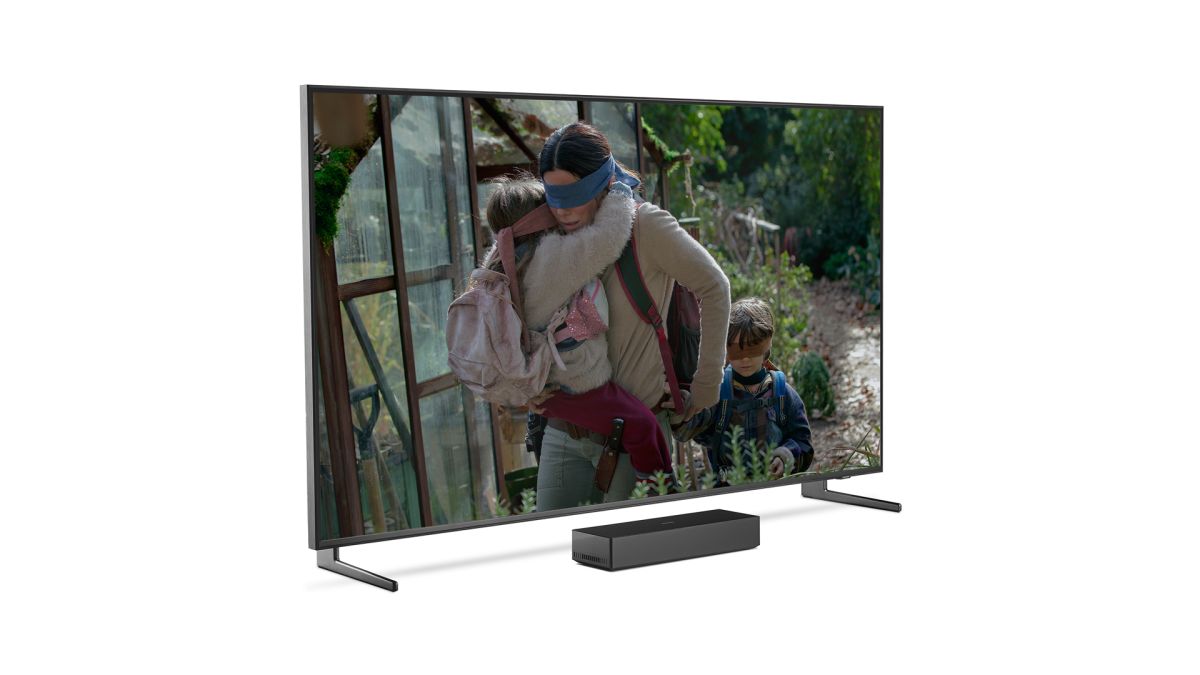
Another surprise is that you won't necessarily need a new television. Of course, he TV you have will need to be capable of showing an 8K image, but according to a Samsung spokesman, any of the company's 8K sets using the 2018 platform onwards would be able to show the BT Sport 8K broadcasts.
It's not just about the resolution
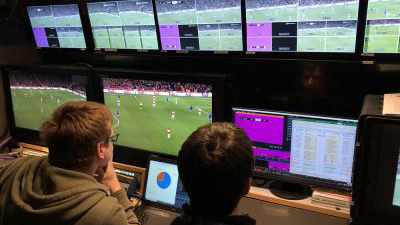
While the arrival of 8K broadcast transmissions is big news in itself, we were also told that the images would be in HDR (High Dynamic Range) as well. It's great news that BT Sport has decided to offer both features to give the best image possible.
Broadband speeds matter
This is where many of us may struggle. We were told that an internet speed of about 70 Mbps would be necessary to watch the 8K HDR pictures in all their glory. That's well beyond what many households currently enjoy, even when using optical fibre. This is obviously an area that needs more work in many areas of the country.
The picture looks great, but....
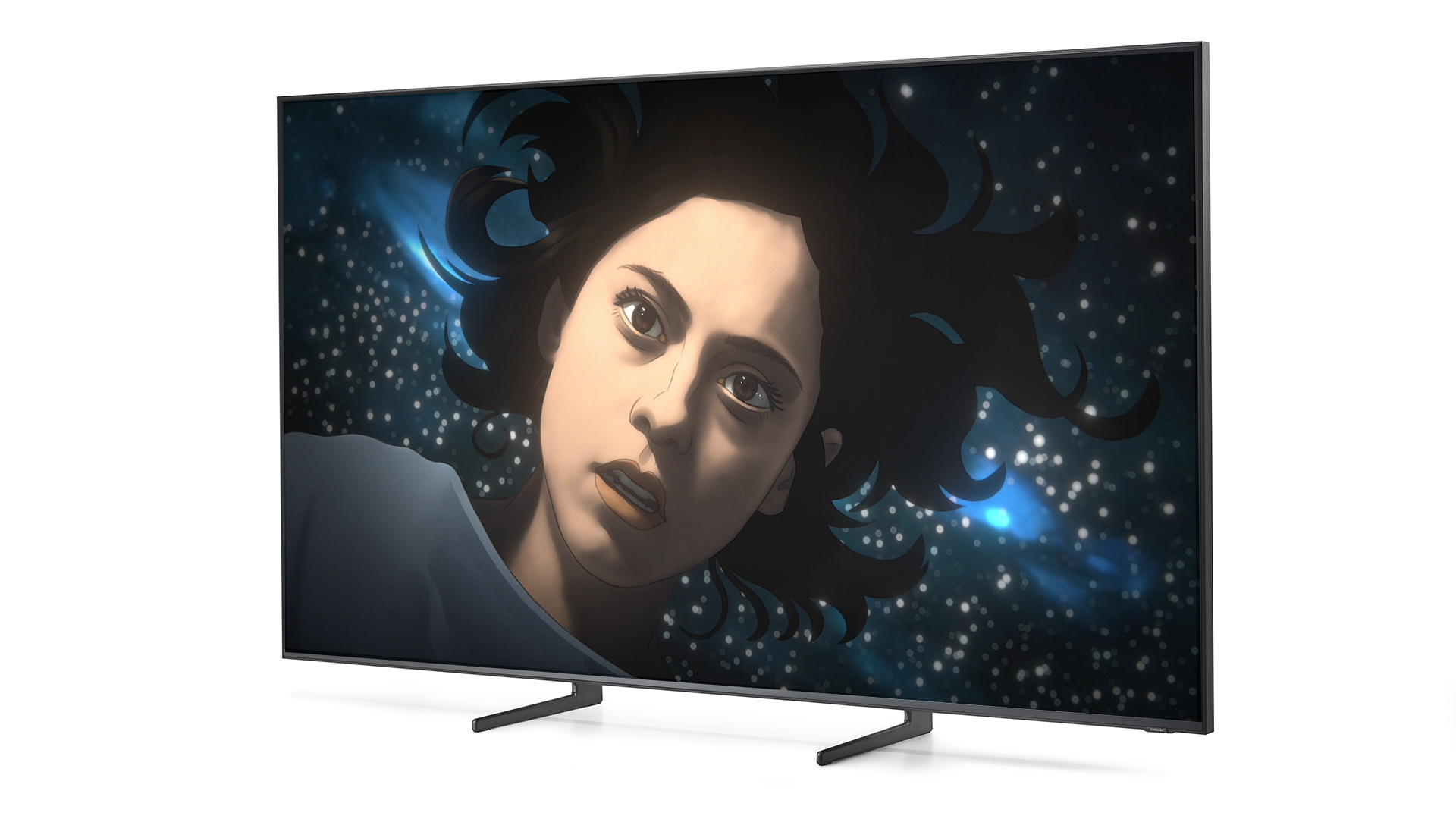
The demonstration we saw used a 2019 82-inch Q950 QLED set. The picture was excellent on the whole, delivering plenty in the way of definition and punch. Motion was impressively smooth and stable, which is quite some achievement when showing a fast-moving football match. Colours, from the green of the immaculate pitch to Arsenal's red and white kit, came across with excellent clarity and richness.
Yet we couldn't shake the feeling that the overall picture was about as sharp as a class-leading 4K TV in a smaller size, say 55 inches. We think it's to do with pixel density. On a massive 82-inch display, all those extra pixels only make for a slightly higher pixel density (107 ppi) than on a 55-inch 4K TV (80 ppi). Obviously as those 8K screen sizes come down, the pixel density will only increase.
The latest hi-fi, home cinema and tech news, reviews, buying advice and deals, direct to your inbox.
All told, it remains early days for 8K TV. But with 8K broadcasts in the UK suddenly looking set to arrive as early as summer 2020, it might be time to start taking 8K more seriously...
MORE:
Samsung QE75Q950R 8K TV review
The other big problem with 8K TVs (aside from the lack of content)
8K TV: the good, the bad, and why it's coming sooner than you think

Ketan Bharadia is the Technical Editor of What Hi-Fi? He has been reviewing hi-fi, TV and home cinema equipment for almost three decades and has covered thousands of products over that time. Ketan works across the What Hi-Fi? brand including the website and magazine. His background is based in electronic and mechanical engineering.
